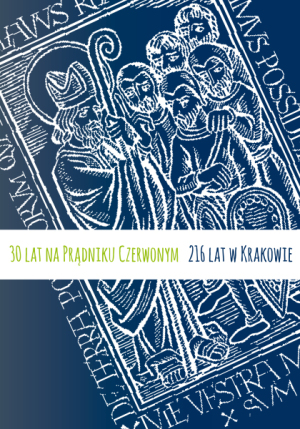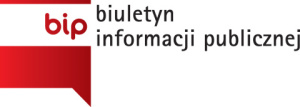
ABOUT SCHOOL
Nasza "Dwójka"
Zaplecze sportowo-rekreacyjne
Korytarze
Szatnie
TWO HUNDRED YEARS OF HISTORY
Primary School number 2 in Cracow was established about 200 years ago. It is one of the oldest primary schools as far as this city and perhaps even entire Poland is concerned. It is, quite surprisingly, as 'low-numbered' schools are usually situated near the city centre, located in Prądnik Czerwony, a relatively new (dating back to the late XX century), peripheral neighbourhood.. Another surprise about the school is its Patron Saint – St Adalbertus, as state schools are hardly ever named after the saints. Why these surprises? Let's try to answer this question, reading through the school's rich history, associated with the history of Cracow and Poland as well
The origins of the school are quite obscure and not well-documented. It is a confirmed fact that a four-class school was set up on 18 November 1797, soon after the third Partition of Poland had occurred. As this part of Poland belonged to Austria then, the school instruction here were delivered in German.
In the 19th century the school underwent a massive number of changes, as far as its structure, localisation and even its name were concerned. Finally, on 8 May 1876, it was named after St Adalbertus. A year later, the school celebrated its 100th anniversary. A school banner, funded by the city authorities, was blessed in church an handed over to the management, as a part the jubilee festival. The banner was renovated in 2001, thank to Mr Andrzej Maciejowski, one of the former headmasters (1989-2006).
The school had its ups and downs during the First World War (1914-1918) which all conluded in one happy fact: Poland regained independence in 1918. It was no longer obligatory to teach German as a school subject; Polish language, history and geography were taught instead.
After a number of experiences and alterations which took place during the time period between the two World Wars, the school, along with entire Poland, entered a new, painful phase of its history under the Nazi occupation. The World War II began on 1 September 1939. The occupant forces often claimed the school building for their own (military or educational) puroposes. In December 1939 the pupils of Jewish origin were forced to cease attending the classes. Mr Ludwik Gryboś, a long-time teacher, was imprisoned in a concentration camp.
The victorious Red Army arrived in Cracow on 18 January 1945. The ordinary life seemed to have started again for the people of this city, but not for long...
23 April 1945 was the last occasion to celebrate the Patron Saint's Day. The socialist regime strengthened in 1948/9 and the school records reflected the situation: the pupils and teachers had to participate in the Six-Year Plan, 'mourn' the death of Joseph Stalin, etc. The name of St Adalbertus went unmentioned and was removed from the official school documents. On May 16 1969 the school was named after Leon Kruczkowski, one of its graduates, a left-wing writer, strongly connected with the authorities of that time.
The new stage of the Polish history began for the school on 27 August 1990 when St Adalbertus was again accepted as its patron saint. This change was celebrated on 23 April 1991. The school banner and building were then blessed by Bishop Kazimierz Nycz, during the Holy Mass. The Saint Patron's Day is celebrated yearly on 23 April since that moment.
A very special holiday, the school's 200th anniversary, was observed on 23 April 1997. The mass was concelebrated in the parish church,by Cardinal-Priest Franciszek Macharski, along with two professors of the Papal Theological Academy, the school graduates. Józef Lassota, the President of Cracow, unveiled the plaque located in the school.
The final, significant event of the 20th century occurred in 1998/99 when the Polish Education System was reformed and the eight-classes primary schools transformed into the six-classes.
What is going to happen in the 21st century? Time will tell...
By: Antoni Franaszek.
 Polski
Polski
 English US
English US











